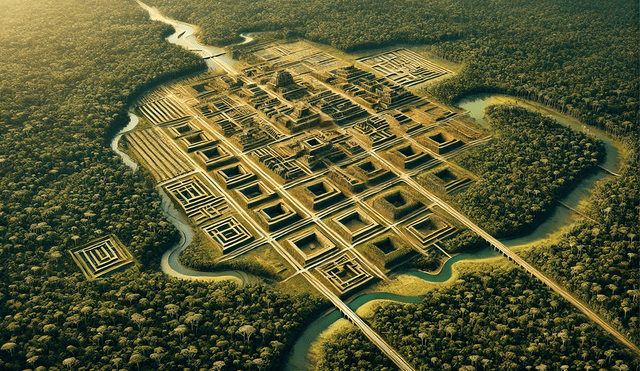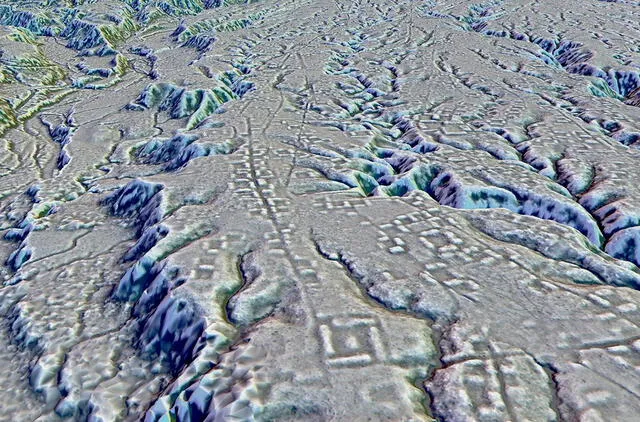Archaeologists Uncover 2,500-Year-Old civilization under the Amazon Jungle with advanced infrastructure
Archaeologists have uncovered a 2,500-year-old civilization beneath the Amazon jungle, revealing a complex network of roads and canals, demonstrating advanced infrastructure and urban planning.

A groundbreaking archaeological discovery has revealed the remains of a 2,500-year-old civilization hidden beneath the dense Amazon jungle, challenging long-standing assumptions about pre-Columbian societies in the region. Archaeologists have uncovered a sophisticated network of roads, canals, and urban structures that demonstrate advanced urban planning and agricultural practices. This ancient civilization, believed to have thrived long before European contact, is shedding new light on the complexity of life in the Amazon Basin.
The discovery, made possible through the use of LiDAR (Light Detection and Ranging) technology, is reshaping our understanding of the ancient societies that once inhabited the lush Amazon rainforest.
Advanced infrastructure of the Ancient Civilization
The discovery made by archaeologists in the Upano region, located in the eastern part of Ecuador, showcases a civilization that constructed a complex and well-organized network of roads and canals. These features were designed to facilitate the movement of people and goods across the challenging landscape of the Amazon.
The ancient city appears to have been strategically built on raised platforms, with rectangular structures that span as much as 140 meters in length, marking the scale of their urban planning. The carefully constructed roads and canals suggest a high degree of coordination, enabling efficient travel and trade.
The city’s residential and ceremonial structures were built in clusters around central areas, with defensive features such as ditches further indicating an organized and structured society.
The Role of LiDAR Technology in the discovery
LiDAR technology was key to uncovering this hidden civilization. By using laser pulses to penetrate the dense jungle canopy, archaeologists were able to map the terrain and identify structures buried beneath the foliage. The use of LiDAR allowed for the discovery of more than 300 square kilometers of previously unknown structures, revealing a civilization far more advanced than previously believed.
LiDAR’s ability to generate high-resolution, three-dimensional maps of the landscape is transforming archaeological practices, offering new insights into ancient societies that were once hidden from view.

By combining cutting-edge technology with traditional excavation methods, archaeologists discover an old civilization in the Amazon. Photo: Stephen Rostain.
Key Findings and Cultural Insights
Among the discoveries were 6,000 rectangular platforms, some reaching over 140 meters in length, likely used for both residential and ceremonial purposes. The advanced agricultural practices of this civilization included the cultivation of staple crops such as maize and sweet potatoes, which were likely integral to their economy.
Additionally, the civilization appears to have been quite diverse in its activities, with evidence of both defensive structures and tools like grinding stones, indicating a complex social organization and a mix of defensive, agricultural, and ceremonial practices.
Implications of the discovery
This find significantly alters our understanding of the ancient Amazon, challenging the notion that pre-Columbian societies in the region were small, scattered groups of hunters and gatherers. The infrastructure uncovered suggests that these societies were capable of large-scale urban planning and sustainable agriculture long before European contact.
The discovery also highlights the importance of using modern technologies like LiDAR to uncover and preserve these hidden histories. The ability to detect and map ancient civilizations in areas like the Amazon, where dense vegetation can obscure physical evidence, is opening up new frontiers in archaeology.
